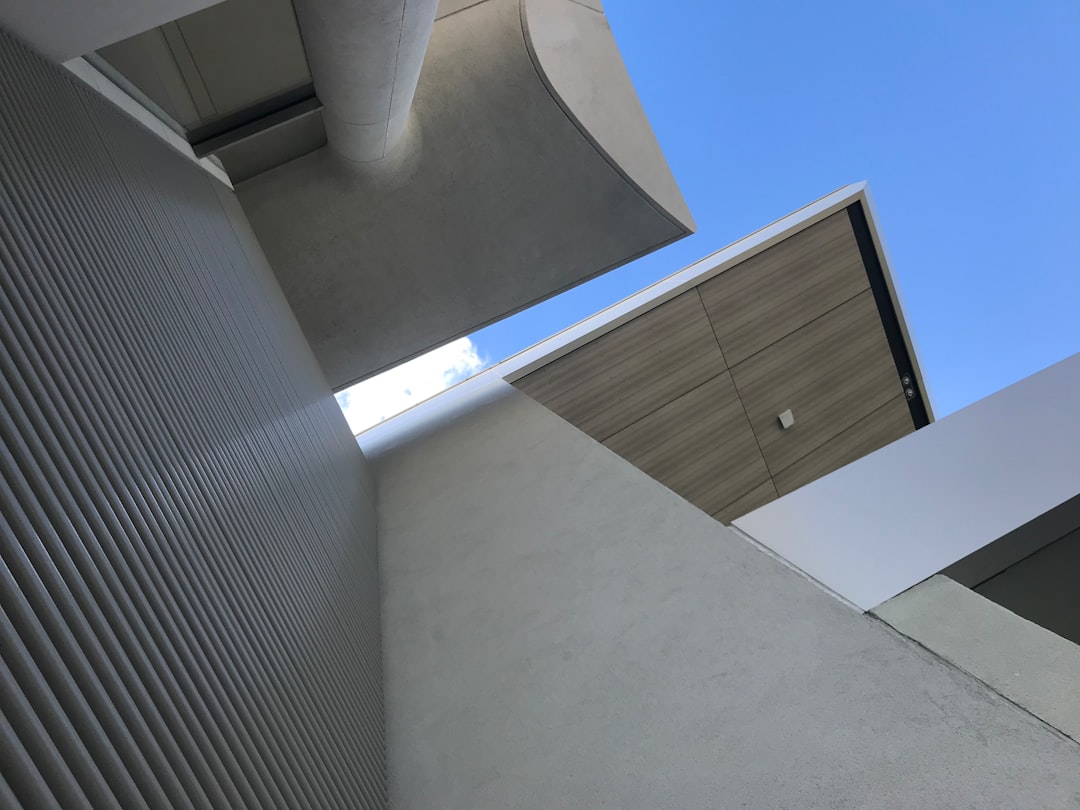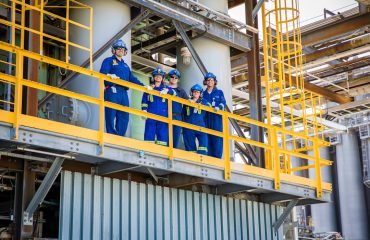In the ever-evolving landscape of modern architecture, the pursuit of innovative design often necessitates materials that can seamlessly blend strength, aesthetics, and sustainability. IPE beams, with their unique properties and versatility, have emerged as a preferred choice for architects and engineers seeking to create striking and functional structures. This comprehensive guide explores the multifaceted role of IPE beams in contemporary building design.
Understanding the Strength and Versatility of IPE Beams
IPE beams, or Parallel Flange I-beams, are hot-rolled steel sections characterized by their parallel flanges and a web connecting them. This distinct shape provides exceptional strength-to-weight ratio, making them ideal for supporting significant loads while minimizing material usage. Their precise dimensions and consistent quality ensure predictable performance and simplify the design and construction process. Unlike other structural steel, IPE beams are standardized across Europe, making sourcing and integration into international projects relatively straightforward. The precise dimensions also allow for accurate calculations and minimal waste during construction, contributing to a more efficient and sustainable approach to building.
IPE Beams in Open-Plan Designs and Large Spans
Modern architecture often embraces open-plan layouts, requiring structural solutions that can span considerable distances without interrupting the flow of space. IPE beams excel in this context. Their inherent strength allows for the creation of expansive, uninterrupted areas, ideal for commercial spaces, residential lofts, and public buildings. By supporting large spans, IPE beams minimize the need for intermediate columns, maximizing usable floor space and creating a sense of openness and grandeur. The clean lines of IPE beams also contribute to a minimalist aesthetic, complementing contemporary design styles.
Aesthetic Integration of IPE Beams in Modern Structures
Contrary to the misconception that structural elements must be hidden, many modern architects embrace the visual appeal of exposed structural elements, including IPE beams. Their clean, industrial aesthetic can add a unique character to a space, creating a visually interesting contrast against other materials like concrete, glass, or wood. The beams can be left in their natural steel finish, treated with protective coatings, or even painted to match a specific color scheme. This flexibility allows for seamless integration into a wide range of design styles, from industrial chic to minimalist elegance. The exposed IPE beams often become a focal point, showcasing the building’s structural integrity and contributing to its overall design narrative.
IPE Beams and Sustainable Building Practices
The sustainability of a building is increasingly a critical consideration in modern architecture. IPE beams contribute positively in this aspect. Their high strength-to-weight ratio means less material is required compared to other structural solutions, reducing the environmental impact associated with material extraction and transportation. Furthermore, steel is a highly recyclable material, making IPE beams a responsible choice for environmentally conscious projects. The precision of IPE beams also minimizes waste during fabrication and installation, further enhancing the project’s overall sustainability profile. Choosing IPE beams demonstrates a commitment to building responsibly and efficiently.
Challenges and Considerations When Using IPE Beams
While IPE beams offer numerous advantages, architects and engineers should consider certain aspects during the design phase. The weight of the beams, although manageable due to their strength, needs to be factored into the overall structural design. Proper fire protection measures are also crucial, requiring the use of fire-resistant coatings or encasements to meet building codes. Careful planning is necessary to ensure seamless integration with other building systems, including electrical, plumbing, and HVAC. Finally, although standardized, sourcing IPE beams might require specialized suppliers, particularly outside Europe. Thorough planning and collaboration with experienced structural engineers are essential to mitigate these challenges and ensure a successful project outcome.
In conclusion, IPE beams are a powerful and versatile tool for modern architects seeking to create innovative and functional structures. Their strength, aesthetic appeal, and sustainability contribute to the development of stunning and responsible architectural masterpieces.
Tags: IPE Beams, Modern Architecture, Steel Beams, Structural Steel, Sustainable Building




